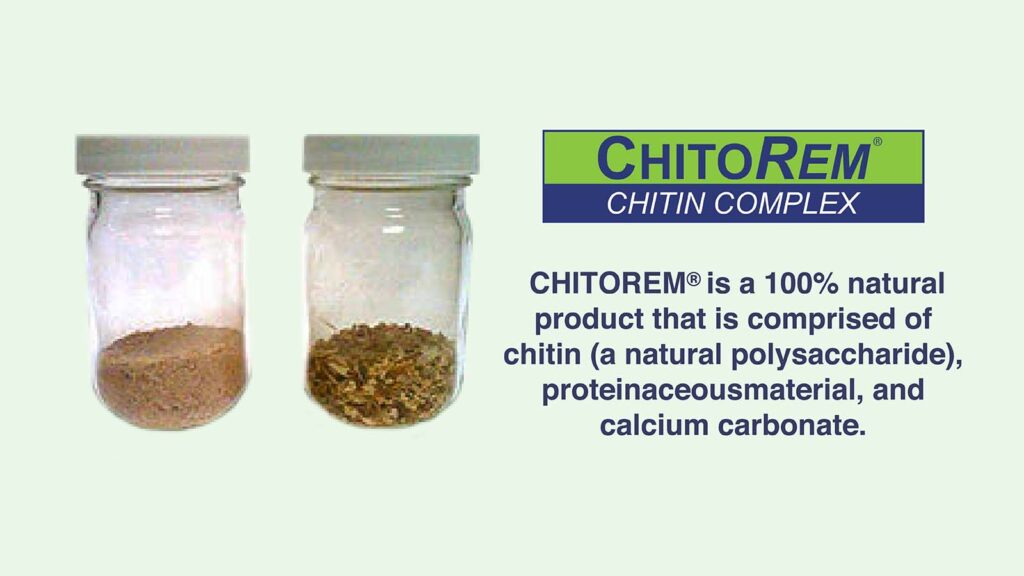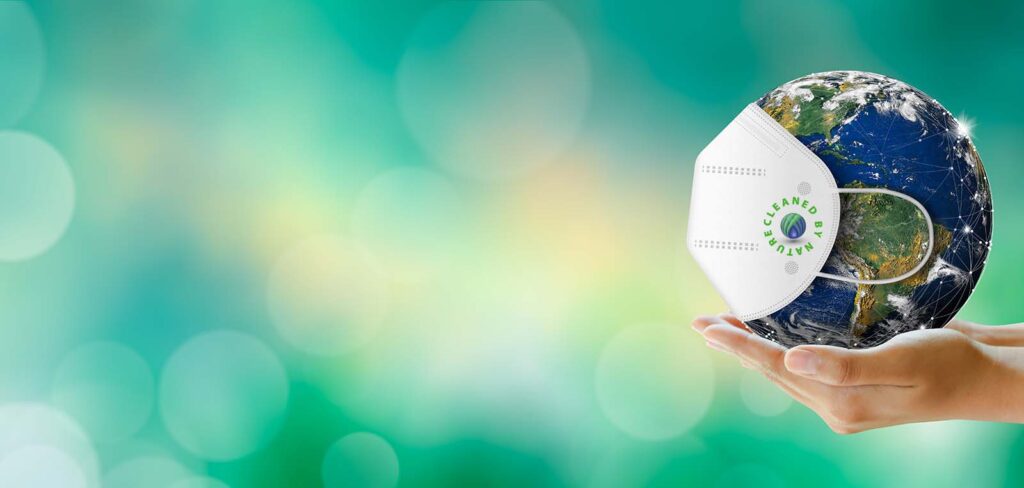We have a wide range of products which include: Wilclear Plus®, LactOil®, Accelerite®, Chitorem® SoluLac™, Wilclear®, WilkeyWhey™

Wilclear Plus® is 61% fermentable blend containing lactate and other fermentable materials and water soluble nutrients including B-vitamins and yeast factors.
Is designed for rapid dechlorination of chlorinated aliphatic hydrocarbons and reduction of certain metals and sites where sluggish microbial activity may be hindering dechlorination.
98% fermentable blend containing both quick release ethyl lactate and slow-release long-chain oleaginous materials.
Designed for sites where a slow-release substrate is needed (i.e. sites with high mobilization/injection costs), DNAPL source treatment, PRBs, cutoff walls.


The proprietary nutrient blend of yeast metabolites including B-vitamins and other soluble nutrients.
Designed to be used with any carbon substrate to enhance microbial growth and activity and improve donor efficiency and kinetics.
100% natural product that is comprised of chitin (a natural polysaccharide), proteinaceousmaterial, and calcium carbonate.
This product is used in bioremediation as a carbon source and subsequent electron donor for the microbial degradation of chlorinated solvents, heavy metals, perchlorates, and acid mine drainage in contaminated aquifers.


High fermentable content (+98% assay) provides more fermentable mass than standard substrates.
High purity grade available with a certificate of analysis for metals content
SoluLac™ ethyl lactate is a DOT flammable material and must be shipped and stored in accordance with proper regulatory guidance.
A readily soluble food grade 60% sodium or potassium lactate solution.
Great for sites where rapidly established anaerobic conditions are needed, nitrate reduction, and perchlorate degradation.


WilkeyWhey™ can be stored for extended periods of time if kept dry.
It contains up to 95% fermentable material.
JRW is committed to the health and safety of our employees and our clients during the COVID-19 health crisis. Although our core business is considered essential, JRW has taken the step of encouraging all non-essential personnel to work remotely whenever possible. Our communications program seamlessly integrates telephone and web contact with each individual within the organization as well as our clients allowing staff to limit personal face to face contact while maintaining a high degree of personal attention. Each staff member has real-time access to project files and order databases allowing us to work remotely to maintain up to date information about your project and the status of your order. Our technical, logistics and administrative professionals also remain available to assist in your project planning and execution.
We will continue to work to maintain a commitment to superior service throughout the current health situation and hope that you, your staff, and their families remain healthy.

As the remediation business has changed JRW has strived to stay in the forefront of technology development to improve substrate distribution and performance as well as prove out concepts for the remediation of emerging contaminants. We recognize that the keys to a successful bioremediation program are understanding the conditions limiting substrate distribution and optimizing microbial metabolism. If you can’t get proper distribution, you won’t be able to promote the right microbial activity to transform your contaminant.
Although this is a basic concept of enhancing bioremediation, it is still not widely ingrained in the consulting industry. A great example is the evolution of the concept of the use of emulsified vegetable oil (EVO). Early work concentrated on the slow dissolution properties of vegetable oil in order to provide a long lasting substrate. It was quickly recognized that neat vegetable oil dissolves slowly but it also has properties that can limit its distribution in the subsurface. The perceived solution was to emulsify neat oil to overcome some of those distribution issues. Initially field emulsions were used and then pre-emulsified products were introduced to improve product quality.

Our approach to substrate dosing is based on site conditions. JRW Bioremediation L.L.C. provides substrates and nutrients for anaerobic bioremediation. The substrates provided include highly soluble materials such as WILCLEAR® sodium and potassium lactate, SoluLac® ethyl lactate, and Wilke Whey® whey powder and slowly soluble substrates including LactOil® soy microemulsion, and ChitoRem® chitin complex.
Enhanced reductive dechlorination is based on attaining and maintaining control of an aquifer for a period of time sufficient to degrade all constituents of concern and their daughter products. Attaining and maintaining control of an aquifer is highly dependent on the hydrogeology and geochemistry of the site along with the microbial populations present. Since the hydrogeology and geochemistry is different for every site, a blanket cost can not be given for any specific site. In general, enhanced reductive dechlorination will cost less than $10 per cubic yard of media treated on most non-DNAPL sites. This compares with about $60 per cubic yard for excavation (without disposal) and about $90 per cubic yard for chemical oxidation.
Because freight is costed from a warehouse to a delivery point, freight costs are quoted separately. Unless otherwise stated, due to the volatility of the fuels market, freight costs are generally valid for 30 days. Consideration should be given to the receiving facility’s capacity to off load a truck. In situations where the product is delivered to a facility without the capacity to off-load a delivery vehicle, arrangements can be made (for an additional charge) for delivery on a vehicle with a lift gate and pallet jack.
Reinjection schedules should be based on the geochemistry of an aquifer and not on a calendar schedule. In many cases, multiple injections can be spaced further apart over time.
Since the main goal of adding a substrate to an aquifer is to attain and maintain anaerobic conditions for an extended period of time, because of the limited flows clay sites should be ideal for enhanced reductive dechlorination. In practice, clay sites with adequately spaced injection points usually show very rapid response to substrate addition.
Injection spacing should be sufficient to promote robust reductive dechlorination throughout the treatment zone for a time sufficient to attain complete reductive dechlorination. Injection spacing is dependent upon the dissolution rate of the substrate, the dosage, aquifer velocity, and competing electron acceptor and contaminant flux.